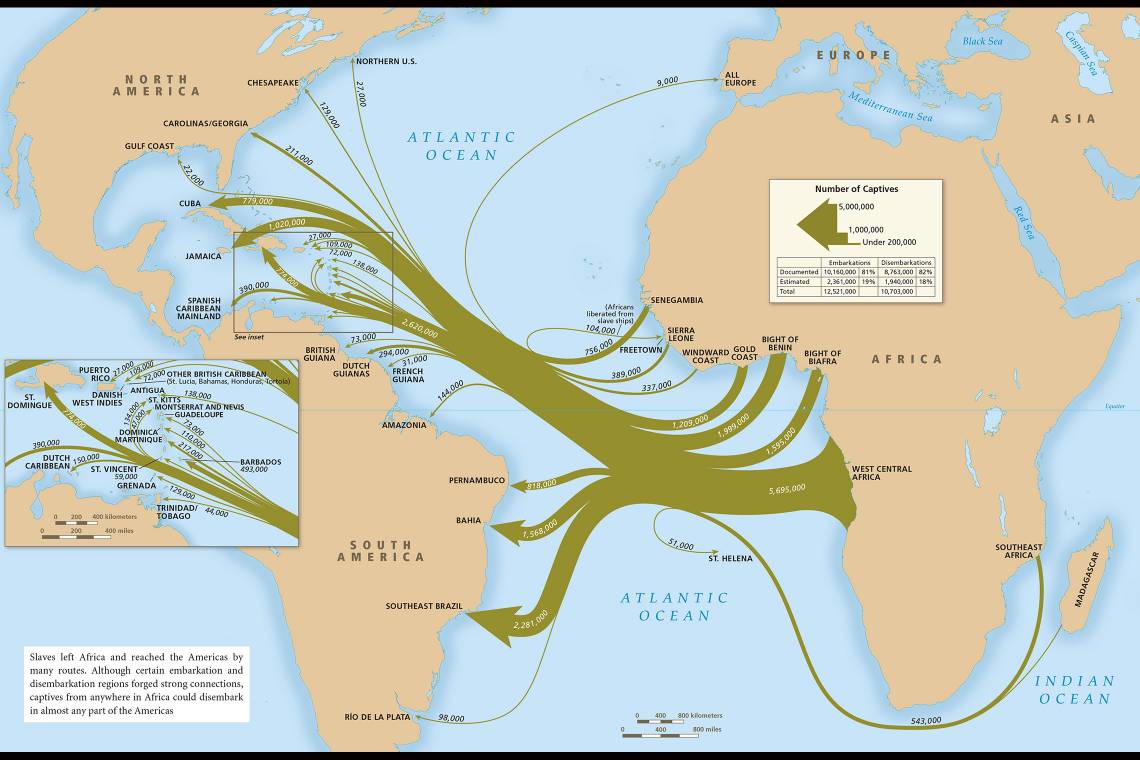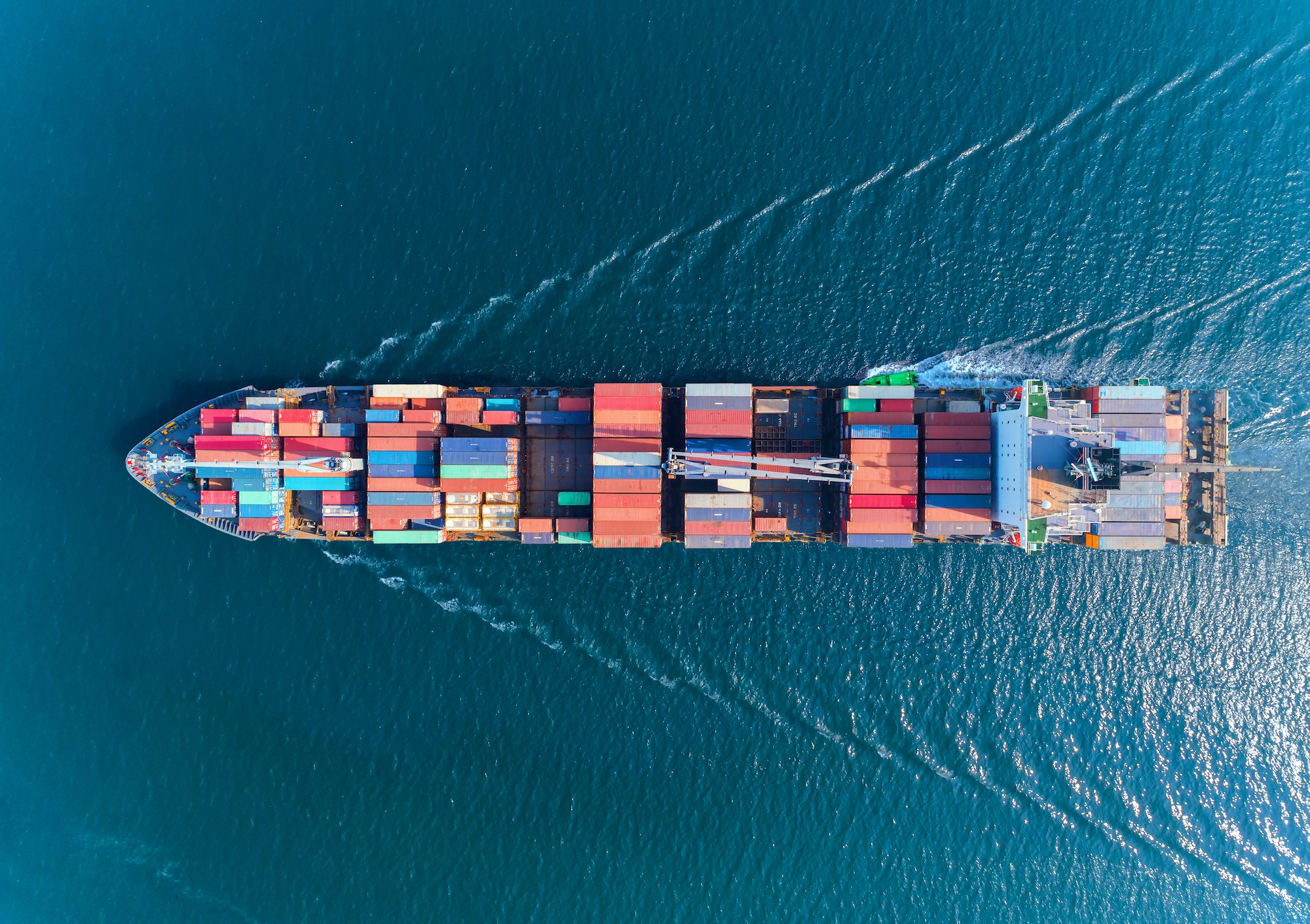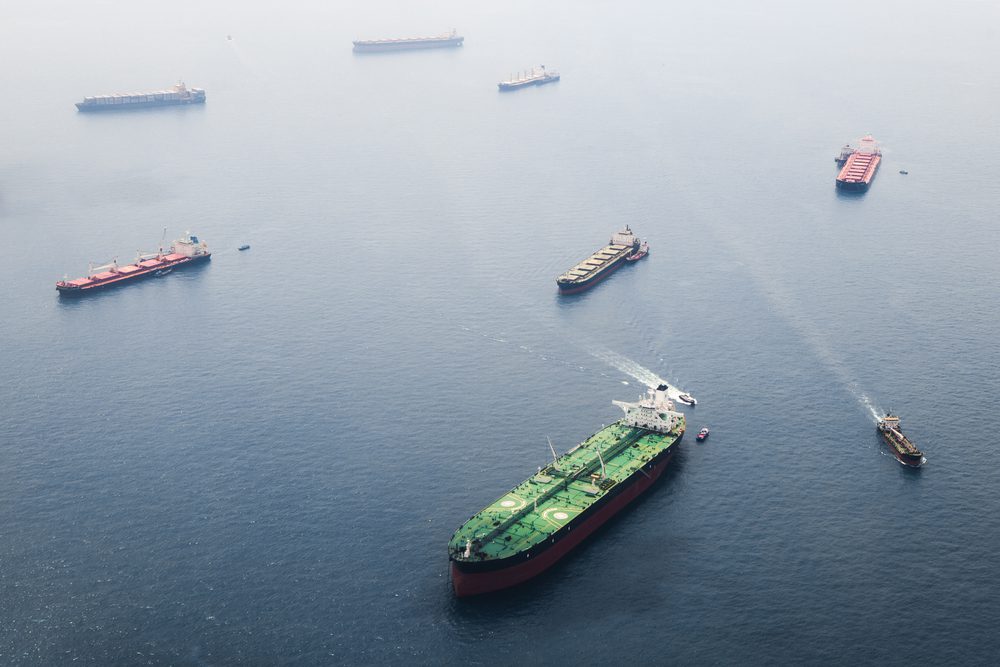By Ellen Wulfhorst
NEW YORK, Nov 19 (Thomson Reuters Foundation) – Tributes to victims of the transatlantic slave trade can be found in museums and through statues, but a new proposal is calling for a memorial that can neither be visited nor even seen.
A virtual memorial of ribbons on maps of the Atlantic deep seabed could honor the estimated 1.8 million Africans who died at sea during the trans-oceanic slave trade, said a proposal published this month in the Journal of Marine Policy.
“It would be on a map … they can’t visit it,” said Phillip Turner, a science policy consultant who worked on the paper as a doctoral student at Duke University in North Carolina.
“It’s more about education about the history of the trans-Atlantic slave trade,” he told the Thomson Reuters Foundation.
The slave trade pathways would be marked on maps and charts drawn by the International Seabed Authority (ISA), the United Nations body that oversees mineral activity on seabeds outside of national jurisdictions.
The proposal comes as the world grapples with race after George Floyd, an unarmed Black American, died in police custody in May. His death sparked worldwide protests and triggered a re-evaluation of the legacy of slavery and racism.
As protesters worldwide fell monuments honoring slave owners, Confederates and disgraced white leaders of decades past, their downfall opens a debate over who should rise up to take their place.
“What the tragedy of what happened to George Floyd has done is to really amplify the discussion,” said Ambassador Michael Kanu, Deputy Permanent Representative of Sierra Leone to the United Nations, who co-authored the paper.
“It’s all part of the quest for justice,” he said in an interview, adding he hoped West African nations could put the proposal before the ISA some time next year.
The memorial would add a cultural aspect to the economic and environmental considerations before the ISA about deep-sea mining exploration, particularly of copper and cobalt, said Turner.
About 40,000 slave voyages crossed the Atlantic, carrying more than 12.5 million captive Africans from the early 1500s to the late 1800s, according to the authors.
The routes of the slave ships became the burial sites of those who were thrown overboard, killed themselves or drowned when ships sank, the paper said.
The memorial would be the first of its kind to honor slave trade victims. The undersea wreck of the Titanic, which sank in the Atlantic Ocean in 1912, was declared a memorial by the U.S. Congress in 1986.
On land, well-known slavery memorial sites include a wharf in Rio de Janeiro, where an estimated 900,000 African slaves were shipped, and a 15th-century slave trading house in Calabar, Nigeria.
(Reporting by Ellen Wulfhorst; Editing by Zoe Tabary. Please credit the Thomson Reuters Foundation, the charitable arm of Thomson Reuters, that covers the lives of people around the world who struggle to live freely or fairly. Visit http://news.trust.org)
(c) Copyright Thomson Reuters 2020.

 Join The Club
Join The Club












